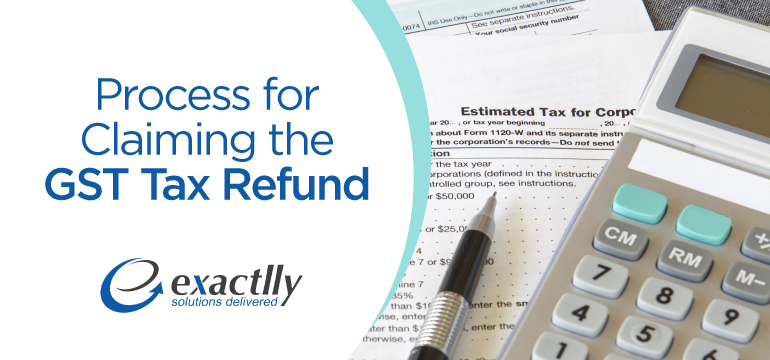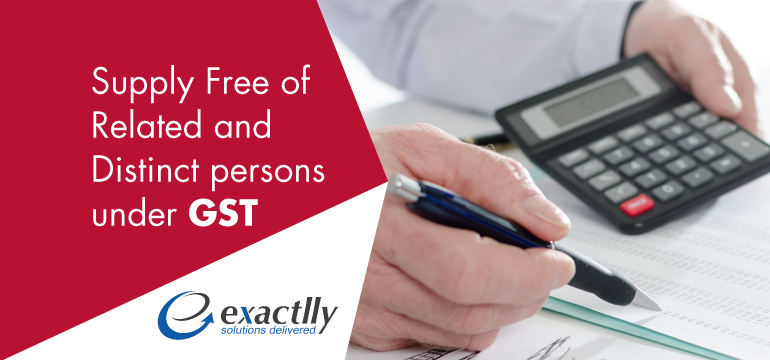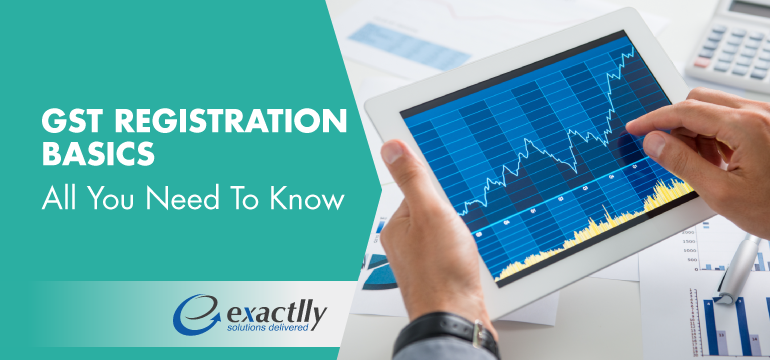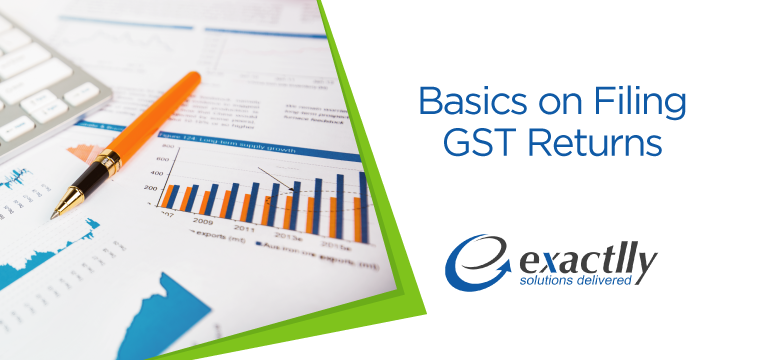Process for Claiming the GST Tax Refund

What is a tax refund?
A tax refund is any amount returnable to a tax payer, by the government. Dealers and businessmen alike can claim refunds on specific events such as when excess tax has been paid, there is unutilized input tax credit available, or in case of inverted duty structure where the rate of tax on inputs are higher than the rate of the tax on outputs.
Under the erstwhile indirect tax regime, tax refunds were allowed in the following ways –
|
Refund allowed as |
|
| Excise |
|
| VAT |
|
| Service Tax |
|
Under the GST regime, tax refunds are allowed similarly as under the erstwhile regime as follows –
- On tax paid on any inward supply of exported goods or services;
- On tax paid on the input goods or services used for exporting goods or services (unless such goods are subject to export duties on which refund cannot be claimed);
- On any unutilized input tax credit, due to both export output supplies and zero rated supplies;
- Inverted duty structure leading to non-utilization of input tax credit – in the GST regime, when the rate of tax on input supplies is higher than such rate on output supplies, one may claim tax refund as opposed to under the erstwhile regime where a refund could not be claimed on such amount. Nonetheless, refunds cannot be claimed when such supplies are completely exempt or rated as nil.
What is the process for claiming such GST tax refund?
We have provided a brief snapshot of the entire process as follows –
|
Process |
Description |
Relevant Form Filings |
Time |
| Applying for Refund | Such application must be filed on or before the relevant date. The relevant date is as follows –
|
|
Before 2 years from the expiry of the relevant date |
If the tax refund claimed does not exceed INR 5 lakhs, then the taxpayer is required to file a declaration based on all material evidence that he has for the purpose of certifying that such incidence of tax or interest that he is claiming as a refund, has not already been claimed or passed on to another taxable person. If the tax refund claimed exceeds INR 5 lakhs, then the taxpayer is required to accompany documents such as all material documentary evidence of refund due, and evidence to ascertain that he paid the tax amount and the same has not been passed onto another person, along with the refund application.
|
Process |
Description |
Relevant Form Filings |
| Ordering for Refund – Export |
|
|
| Ordering for Refund – all other cases |
|
|
GST refund is also allowed in some exceptional cases such as –
- supply of goods or services to a Special Economic Zone or Export Oriented Unit as such tax on the supply of these goods is termed as a deemed export – the refund is given on the date on which the return pertaining to the export is filed for deemed exports.
- as a consequence of a judgment, decree, order, direction of an appellate tribunal / authority or any court – the refund is given from the date of communication of such judgment, order, decree or direction;
- tax paid on a supply that has not been provided / nor has an invoice been issued (either wholly or partially);
- tax collected incorrectly and deposited with the State or Central government (in case CGST, SGST or IGST has been paid incorrectly, in which case the person will be eligible to receive refund when the requisite tax has been remitted in a correct manner);
- when goods are taken out of the country, then the IGST paid on the supply of such goods to tourists.
- From the date of communication of such decree
Some more relevant dates of obtaining tax refunds are as follows –
- On the date of adjustment of the tax liability upon final assessment, when the tax is provisionally paid;
- On the date of receipt of the goods or services by a person in case of a supplier;
- On the date of payment of the tax in any other case.
For these scenarios, the tax refund claim process is also the same as explained above.








